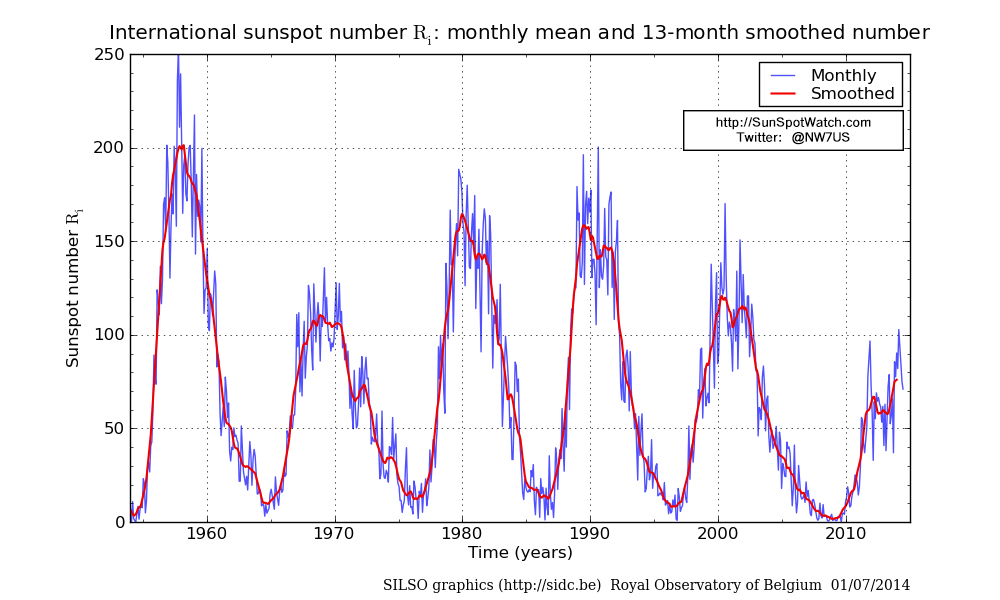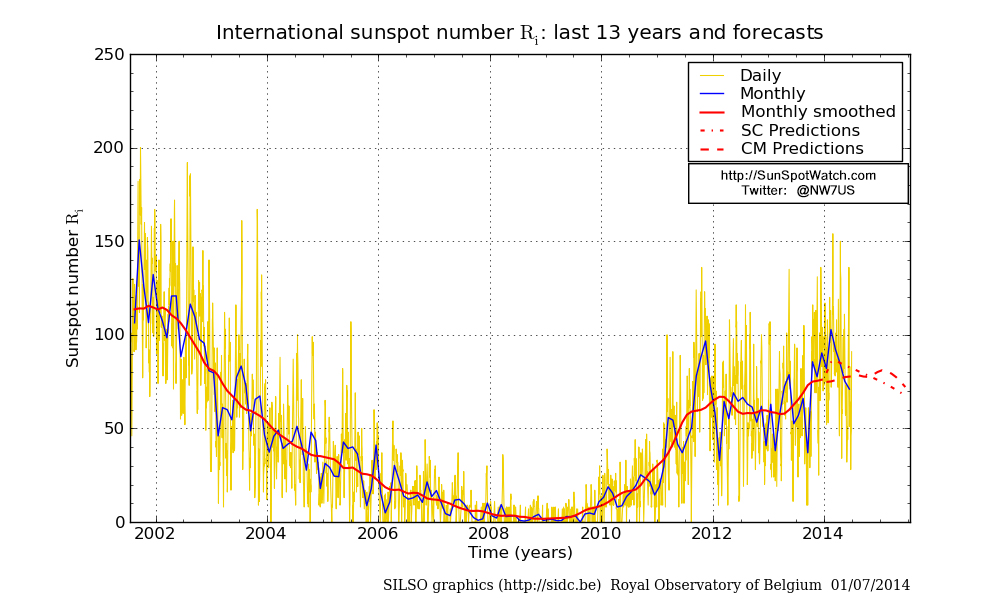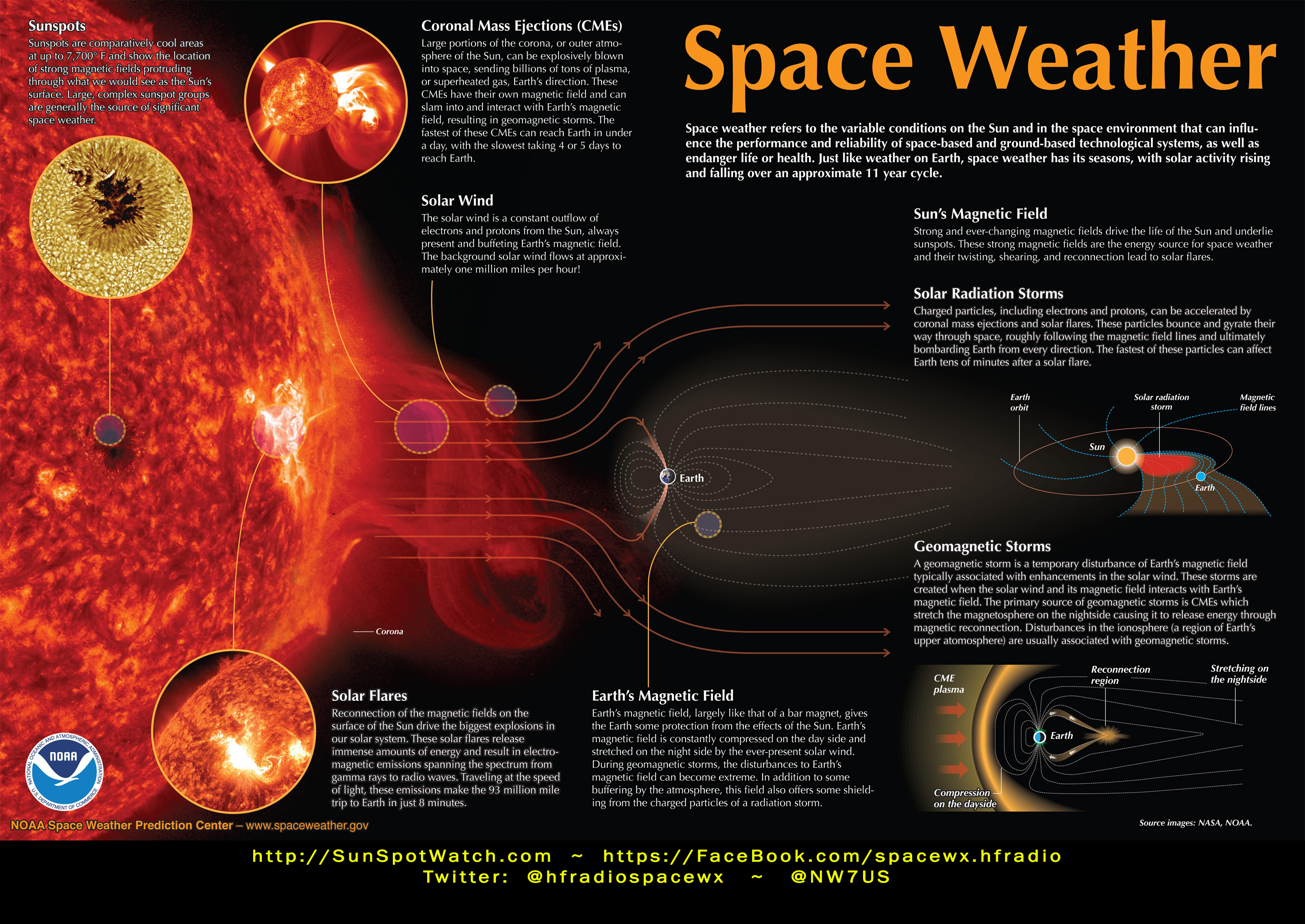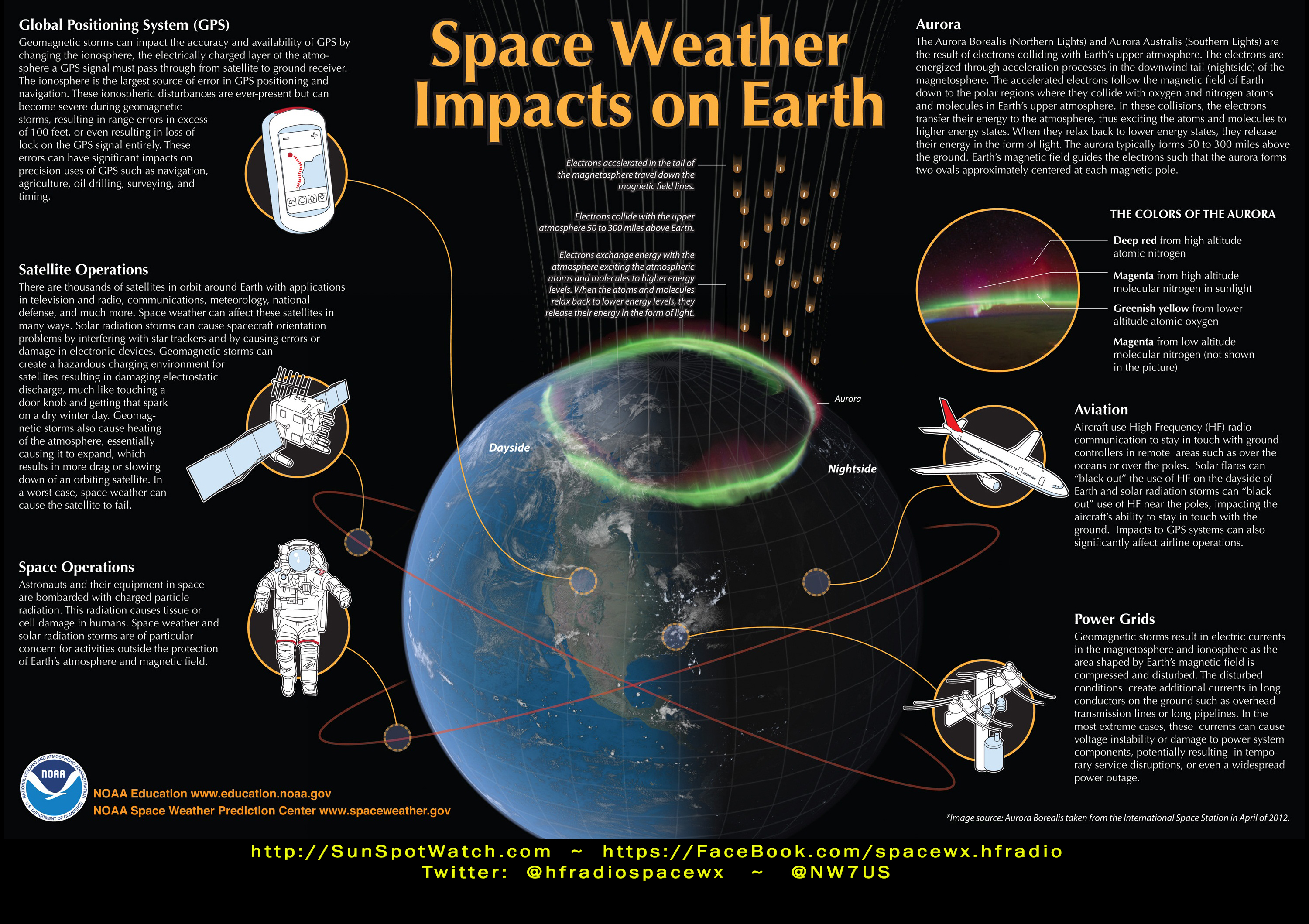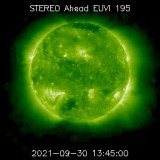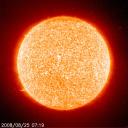Great News: Major Renovations Coming!
We are currently working on major renovations to this website.
If you have specific requests for new content, and/or changes, please send us your feedback.
To send us feedback, please send an email to Tomas, NW7US, at the following email address:



































